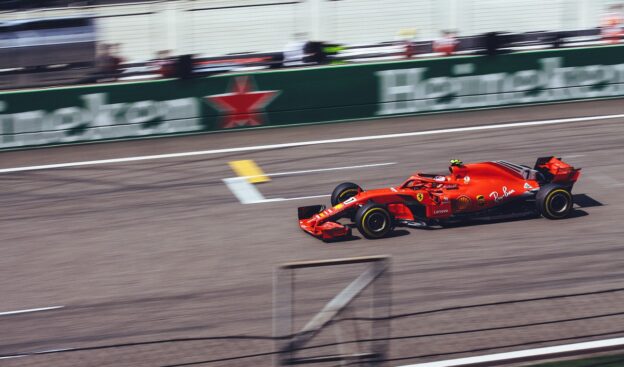The future of formula one – the changes to look forward to

With every passing year, F1 continues to introduce changes in order to increase the quality of the tournament while keeping the drivers safe. Within a short period of time, we have witnessed massive differences both outside and inside the F1 cars. Lets see what we have to look forward to in the near future.
Power
Currently, F1 teams must comply to certain constraints. This suggests that everyone is utilising the same baseline, resulting in some track equality. This implies that any fine adjustment will create a visible difference between automobiles.
The F1 engine now produces roughly 1000 horsepower and operates at up to 12,000 RPM with the new hybrid electric motor. This allows the F1 vehicle to accelerate from 0 to 200 km/h in under 3 seconds and reach a peak speed of more than 360 km/h.
Efficiency
Even though Formula 1 has restrictions for the engines that the teams can use (1.6 liter V6 engines), engineers have found different ways to squeeze the maximum efficiency out of the small block.
First of all, there is a turbocharger to increase horsepower and torque. After that, on some sections of the tracks, a hybrid electric motor is used to boost the speed even more.
These changes can only make us dream of what we can expect to see in the next few years. Maybe double electric motors for the front and rear wheels or bigger turbochargers will come into play?
Performance
Currently, there are plans to switch to a MGU-H which is a much larger than the current unit. The electric motor will thus have greater power, charge quicker, and last longer as a result.
As the season goes on, we anticipate seeing new records and track times set since it will significantly alter how well the F1 vehicles perform. The internal combustion engine, a 1.6-liter turbocharged V6, will remain the same and run at 12,000 revolutions per minute, which implies that because of the larger electric unit, the engine might produce more noise. It uses far less gasoline, however.
Greener Than Ever
A wide range of environmentally friendly technologies is mandated under the Formula One Engine Regulations 2026. For instance, the engine will run on a renewable fuel that produces no carbon emissions. Real urban garbage, biological sources, and even the air itself are all possibilities for the extraction of carbon. Having an engine that uses less gas is a major plus since it extends its life. Racing cars have been modified and improved with more efficient engines and greater electrical power to reduce their need for gasoline.
New Technology and New Racing
When looking at F1, it's hard to ignore the fact that they are bringing new innovations to the automotive industry. New spoilers, lips and aerodynamic components are created annually to make vehicles faster and reduce drag. In addition, experts are creating new lightweight materials for cars. All the Formula 1 car upgrades will make the championships more exciting, just like playing technologically advanced games such as live Evolution games.
Conclusion
The future of Formula 1 will be unlike anything we have ever seen. We anticipate breakthroughs that will fundamentally alter championships for all time. Every year, new rules, limits, and capabilities are introduced in an effort to make competitions safer and greener and automobiles more potent and efficient. The future of Formula 1 is quite exciting.
✅ Check out more posts with related topics:













Bring back stonking V12's fat tyres and let's go racing
No room for whimps there
So. Much complication, all that is needed is a capacity limit ,emission and a gasoline limit, everything else open including alternative fuels. Then we would see some innovations.
"renewable fuel that produces no carbon emissions"?
...right
Emission limit not no emissions.
✅ Checkout the latest 50 F1 Fans comments.